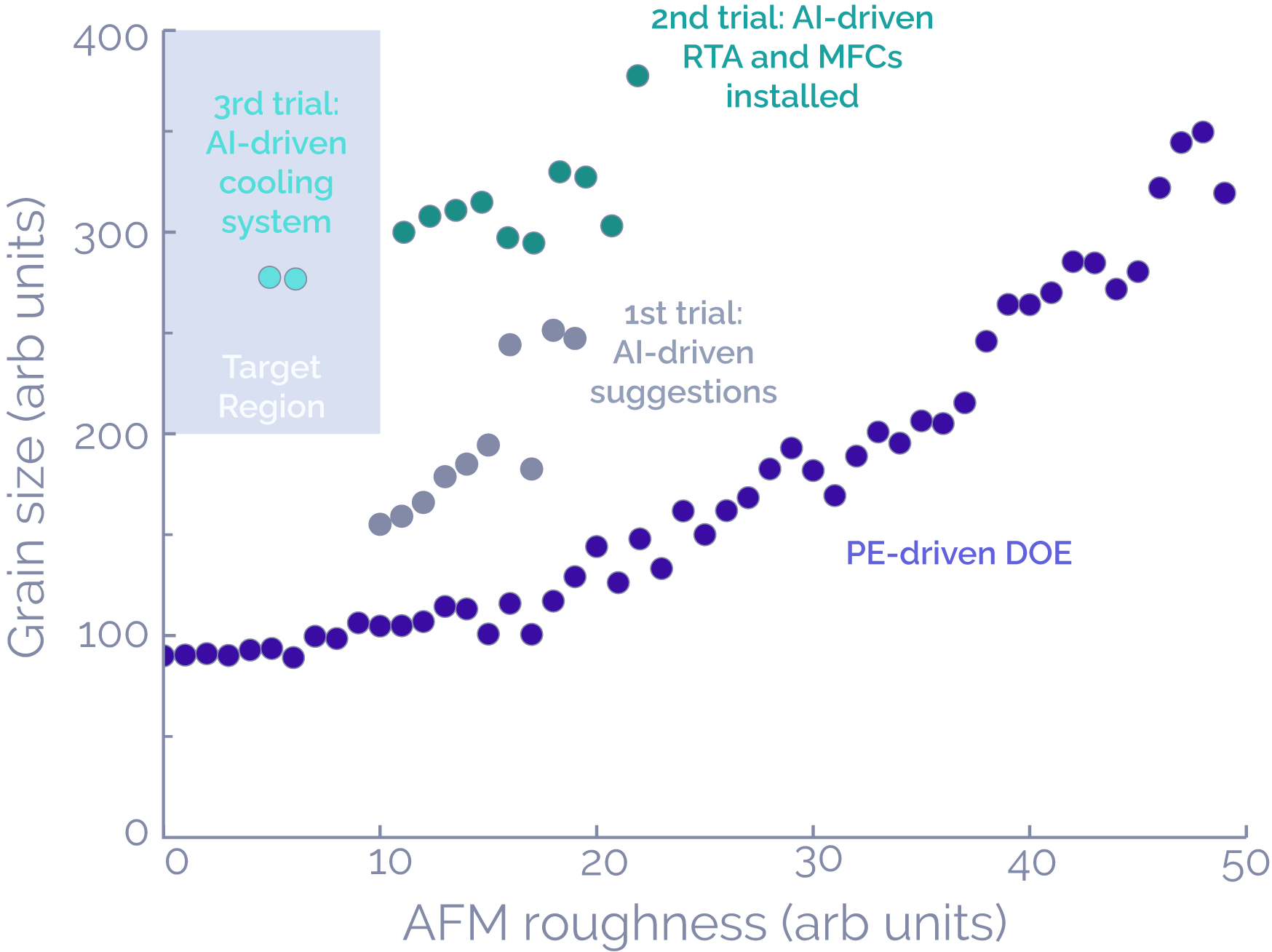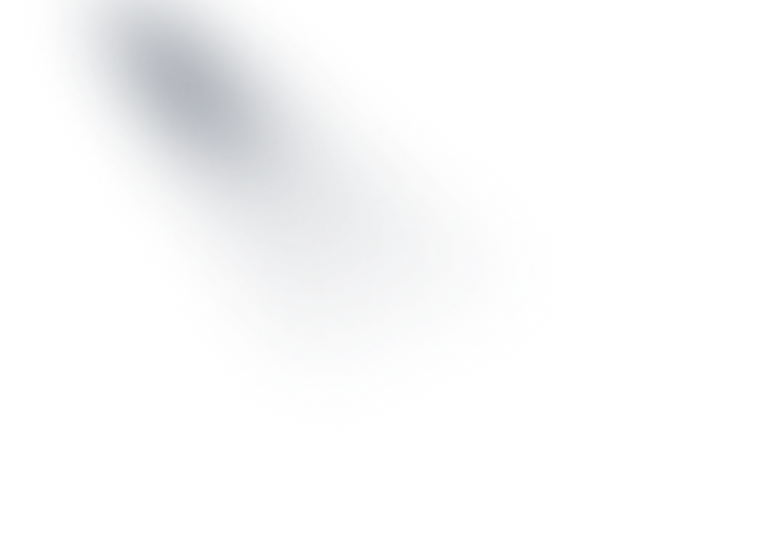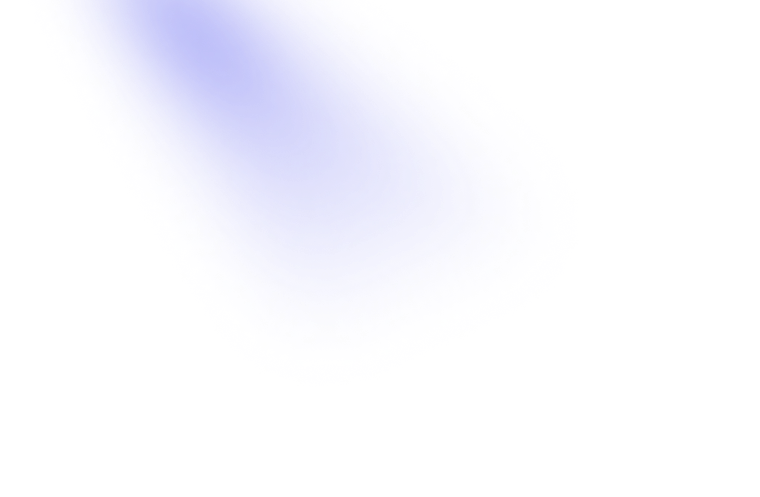Improve Hardware Capabilities

The Challenge:
A common process flow for synthesizing high-quality graphene involves a chemical
vapor deposition (CVD) step (i.e., growing a single-atom-thick carbon layer on a
metal substrate) followed by a transfer step (i.e., detaching the graphene from the
substrate and placing it onto a target surface). The CVD step begins by heating a metal
catalyst (i.e., typically copper or nickel) in a furnace and then introducing a
carbon-containing gas (i.e., methane or acetylene), inducing a surface reaction that
forms the graphene layer. The result of a perfectly ideal CVD / transfer process yields
a continuous, defect-free graphene film (i.e., maximizes the material's structural integrity)
while minimizing damage or contamination during transfer, yielding a pristine interface
(i.e., structures with minimal interfacial defects). The two objectives of achieving high
structural integrity while minimizing transfer-induced defects are in tension, as the same
chemical environment that facilitates graphene growth can also introduce impurities or
structural imperfections, and the necessary transfer process can introduce tears or
contamination.
The Process:
After training an initial model with scientist expertise and experimental data, the
first set of recommendations suggested lower CVD growth temperatures and higher gas
flow rates. Though these showed improvement, the furnace's standard heating rate and
gas delivery system couldn't achieve the parameters proposed by FWM. Consequently,
scientists adjusted the FWM recommendations to be feasible with the current equipment.
This analysis highlighted hardware limitations, prompting the replacement of standard
heating elements with rapid thermal annealing (RTA) and the installation of mass flow
controllers (MFCs) for precise gas delivery before the second iteration.
A second batch of experiments was then recommended, leveraging the extended capabilities
of the new hardware, resulting in successful realization of the specification for low
defect density (high structural integrity) without any compromise on the transfer-induced
defects. Evaluation of the second batch of experiments revealed that the improvements in
the second iteration hinged upon a more controlled cooling profile during CVD, motivating
engineers to redesign the furnace chamber to enable a rapid and uniform cooling process
while still meeting the requirement of a precise gas flow.
After installing the new cooling system and retraining the model, the third batch of
optimized experiments ultimately achieved both of the target specifications.
The Outcome:
A representative optimization trajectory is depicted in the plot above, wherein
Find What Matters successfully co-optimized these competing objectives in a few
iterations and with the involvement of an informed materials scientist in the loop.
Summary:
This trajectory illustrates some key features of how AI-based recommendation
routines can assist an informed materials scientist towards their process
optimization objectives. While AI-based engines may recommend process conditions
that immediately result in achieving target specifications, these same engines can
offer guidance even when those objectives are not immediately attainable. In the above
example, the original hardware configuration explicitly precluded hitting the target
specifications; however, scientists were able to leverage a machine learning model (that
had learned the latent relationships between input temperature, gas flows, cooling rates
and output defect density / transfer defects) to deduce which hardware adjustments were
necessary (in this case, switching to RTA elements, mass flow controllers, and redesigning
the cooling system) in order to iteratively progress towards the objectives. AI
recommendation engines excel at identifying and prioritizing important combinations of
experimental control parameters, freeing up the domain expert to exercise their creativity
in realizing those optimized outcomes. By identifying hardware limitations and suggesting
modifications, the optimization process enabled the achievement of both target
specifications, which wasn't possible with the original hardware. The upgraded hardware
allowed for a more efficient and effective graphene synthesis and transfer process. The FWM
optimization process pushed for innovative solutions by encouraging hardware modifications
beyond simply adjusting process parameters.



